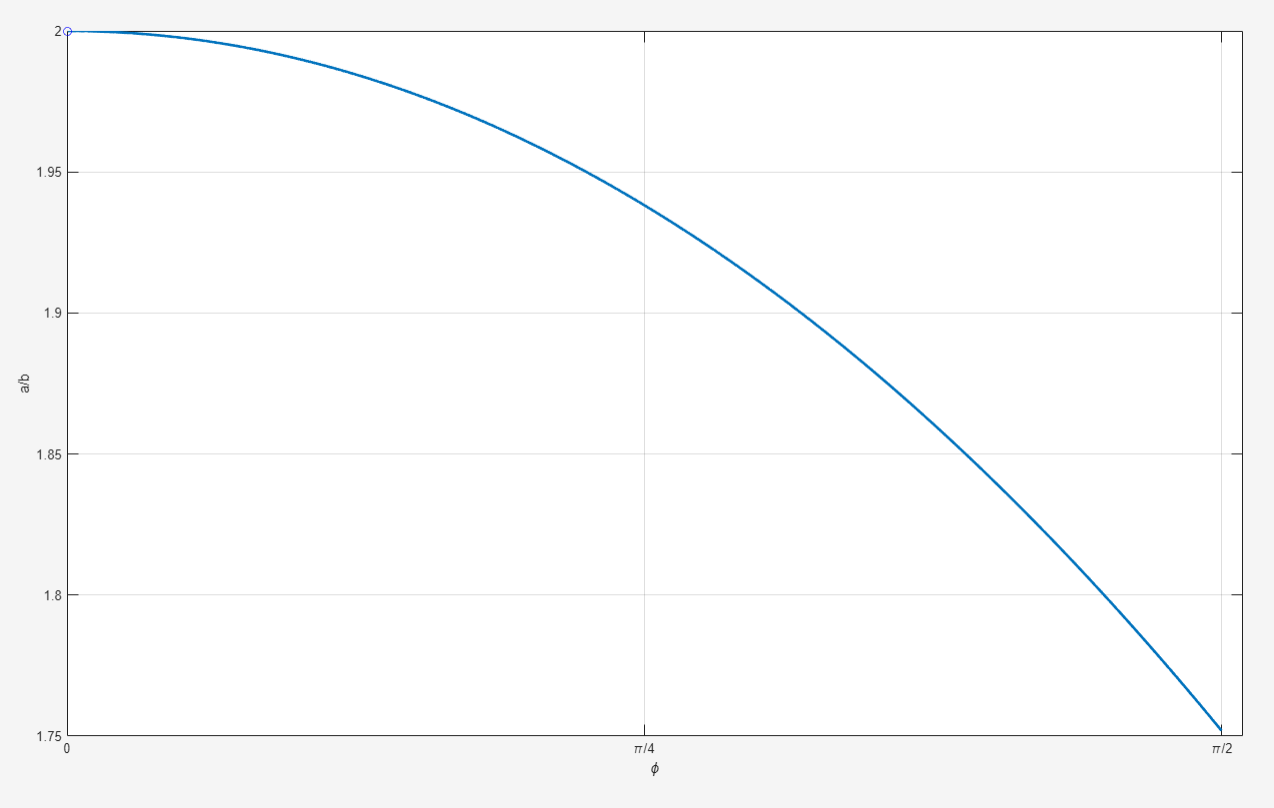



Aug 16, 2024
Original Problem:
Extra credit:
Explanation:
Let us solve the general problem presented in the extra credit, as the original problem is just a special case of the general problem.

Technically, the problem is 2D, so for center of mass of an athelete's body modeled by an arc, there is the x-coordinate as well as the y-coordinate. Fortunately, by symmetry, the x-coordinate is right over the bar. It remains to find the y-coordinate. Note that when
Without loss of generality, let the semi-circle have a radius of 1. Furthermore, denote the distance between the bottom of the semi-circle (that is, when
Where
We can find
In other words, the y-coordinate of the center of mass should yield zero when summed over the differences between it and the y-coordinates of all points on the arc, as we are assuming that the athlete's mass is evenly distributed. Solving for
Thus we have:
Finally,
For the original problem,
For the extra credit, we need to evaluate:
Below is a plot of the ratio
